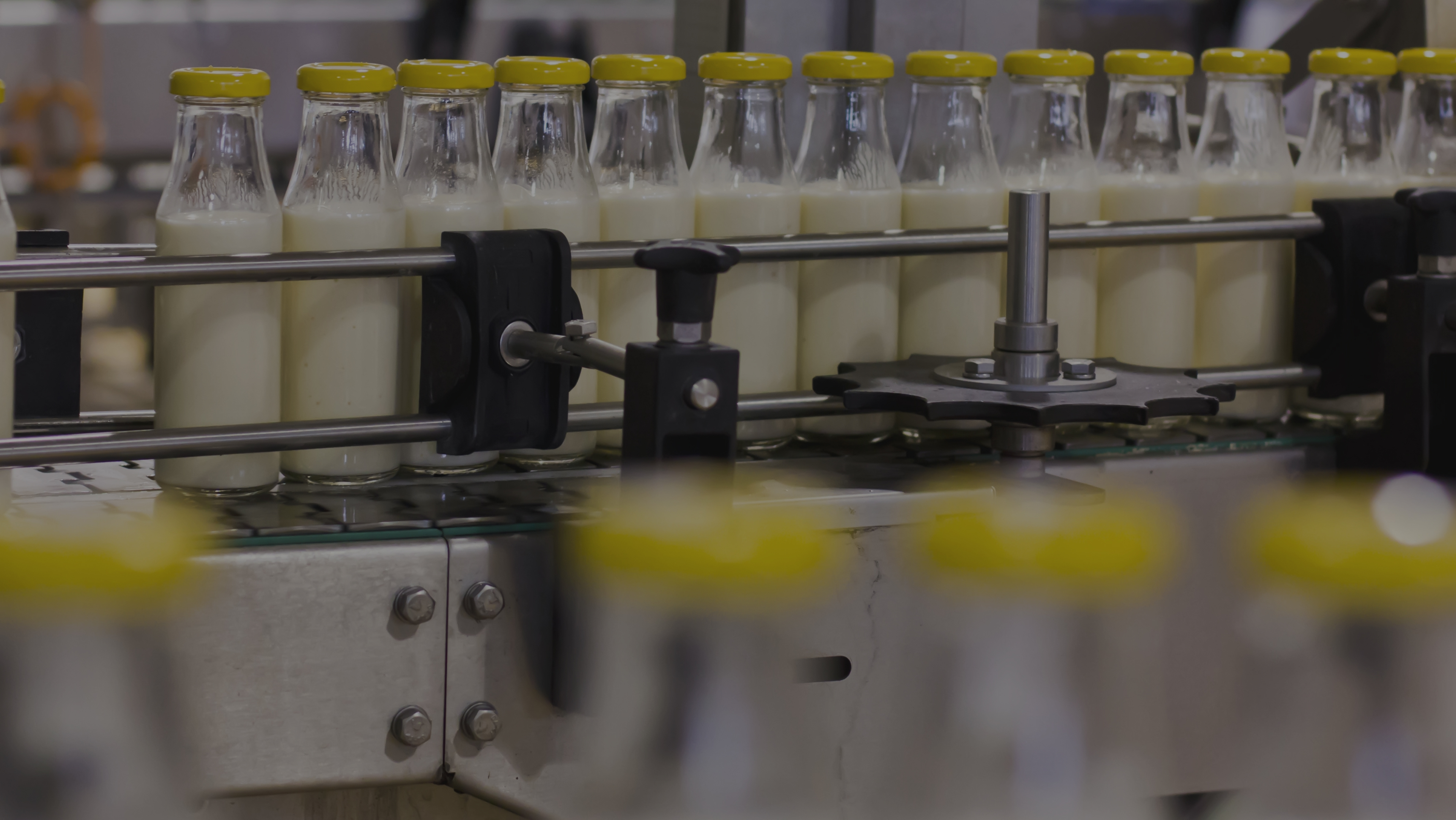What Will Move Global Dairy Markets: Trade Negotiations or Climate Change?


by Mike McCully, President of The McCully Group
In less than a month following Q1 2018, the dairy markets have awakened. While some expect further gains due to tighter supply-demand conditions, others point to adequate stocks for most products. International trade deals and negotiations are also hot topics, as of late, with indefinite outcomes. In short, uncertainty abounds, which likely leads to increased price volatility.
CONFUSION ABOUT THE MARKET’S FUTURE
My expectation going into the recent American Dairy Products Institute (ADPI) conference was for the bullish fever to spread, with everyone being convinced a big price increase was on the horizon. However, consensus was elusive; some pointed to further gains, while buyers questioned the underpinnings of the recent incline. As one put it, there was more confusion about markets than has been seen in a long time. Each market is different, but it’s safe to say the lows are likely in for the year, and now it’s a question of how high and how fast prices increase.
WEATHER IN THE US AND EUROPE AFFECTS MILK PRODUCTION
The market tone has changed in 2018 after months of lethargy. Inclement spring weather in the US and Europe set back milk production. As a result, the price of milk powder and whey products have increased. The annual spring flush will occur, when the grass grows, cows graze, and milk is produced. However, production might be diminished relative to past years.
Milk production in the US was up from last year. Most states with year-over-year declines were in the East, where poor food quality and low milk prices resulted in sending more cows to slaughter and selling farms. US cow numbers declined 2,000 in March 2018. This is small, relative to the 9.4 million cows in the nation, but it may signal the start of a modest contraction in milk supplies. Milk production in Europe started 2018 with gains above the prior year, but the pace has slowed. It appears milk production growth will nearly flatten given the poor weather conditions experienced, but, like in the US, spring weather should provide some relief to cows, and production could recover. Reported average milk prices are still in the low-to-mid 30s, so there is an incentive to increase milk supplies.
Some will argue climate change has created more variability in weather patterns in key dairy producing countries (e.g. New Zealand, Australia). For areas that depend on rain and favorable weather for grass growth, the impacts from climate change are noticeable. However, there can be offsetting impacts in other parts of the world.
WILL IMPORTS BE IMPACTED BY TRADE TALKS
The global economy is healthy, which is supportive to dairy demand. China remains a key importer with big gains in Q1 2018, although the pace has slowed. China is a savvy buyer, so it remains to be seen if the growth in import volume in Q1 reflected consumption or stock building. The answer has important implications to dairy prices for the rest of the year.
China continues to play a key role in global dairy demand. For Q1 2018, imports of most dairy products were above prior-year levels. However, in March, milk powder imports slowed from previous months. Milk powder and cheese imports were down from last year. On the positive side, whey imports, ultra-high temperature processing (UHT) milk shipments, and infant formula imports rose and exceeded last year’s numbers. China is a savvy buyer, so it remains to be seen if the growth in import volume in Q1 reflected consumption or stock building. The answer has important implications to dairy prices for the rest of the year.
Trade deals and disputes remain in the news with varying impacts to dairy markets. Recently, the EU and Mexico agreed to a new trade deal that would start in 2020. For the US, the inclusion of geographical indicators (GIs) is problematic and will be debated in upcoming months. The NAFTA negotiations continue to drag on with mixed signs on if or when it will conclude. Upcoming elections in Mexico and the US further cloud the outlook. And while dairy has not been mentioned in recent trade barbs between China and the US, Chinese buyers have already started to look for alternate sources of dairy products. Markets tend to not like trade wars, so until these issues are resolved, they have the ability to hold back any price rallies.
Trade negotiations have an unsettling impact on markets while they are occurring, but barring an all-out trade war, trade has been positive in the long-run for dairy products. For countries that depend on trade, any disruption or threat of disruption has the ability to push prices lower. This has been the case recently in the US given both NAFTA and China trade talks, creating uncertainty for markets. There is some long-term concern over the impacts from climate change on agricultural production around the world, but it’s farther in the future than the immediate impacts from trade talks.
Please note: This article contains the sole views and opinions of Mike McCully and does not reflect the views or opinions of Guidepoint Global, LLC (“Guidepoint”). Guidepoint is not a registered investment adviser and cannot transact business as an investment adviser or give investment advice. The information provided in this article is not intended to constitute investment advice, nor is it intended as an offer or solicitation of an offer or a recommendation to buy, hold or sell any security. Any use of this article without the express written consent of Guidepoint and Mike McCully is prohibited.

